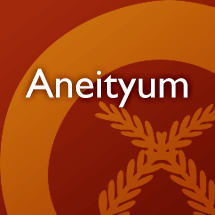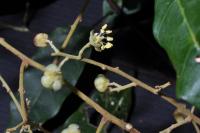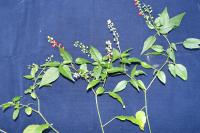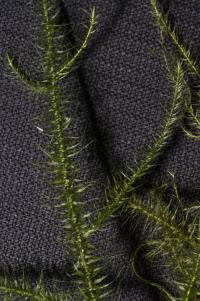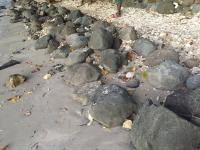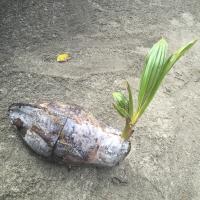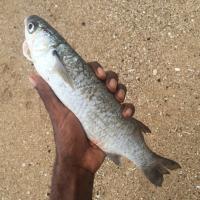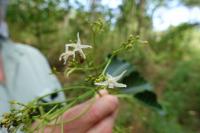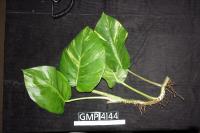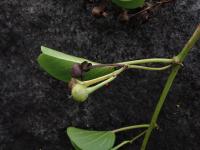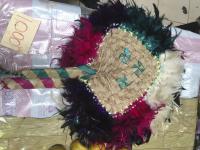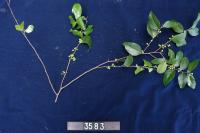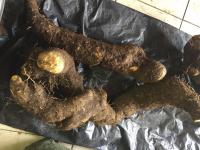An example search has returned 100 entries
cauwan
n.
bookmarkdawarivi

eblaamnem
adj.
bookmarkepigjai iran
n.
bookmarkincijiñyat
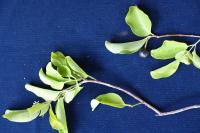
n.
Example: 1. This plant is used as firewood, but also the heartwood is sold. 2. In 2016, the first grade wood was 2500 VT per kilo, the second grade wood was 2000 VT per kilo. 3. The ancestors used to take the oil or wood chips from this tree and bathe with it to keep away evil spirits of the forest. It is currently planted on Aneityum for commerce. Scrape bark of sandalwood into coconut oil in same wat as GMP 3513 (gardenia) boil and take out the bark. 4. The leaves can be fed to pigs to make them strong and heavy.
bookmarkindinbev
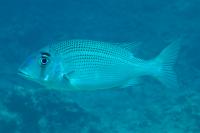
n.
Example: Photo by Anne Hoggett / Lizard Island Research Station, License: CC BY 3.0 via Fishes of Australia
bookmarkinhamese an neaig
n.
bookmarkinhetelga
n.
bookmarkinhudran
n.
bookmarkinmaan
n.
bookmarkinmal ahapol
n.
bookmarkinmowad
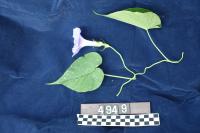
intijgejei
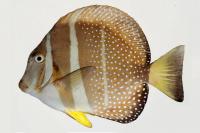
n.
Example: Photo by Jeffrey T. Williams / Smithsonian Institution, License: CC BY-SA 3.0 via Fishes of Australia
bookmarkinyihev
n.
bookmarkinyipei
n.
bookmarkitounga
kiliek nahpu
n.
bookmarkmaranapa
n.
bookmarknacñanp̃aiñ
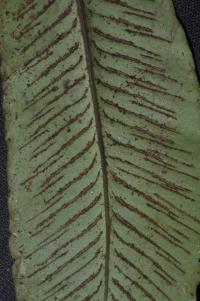
nagdajija
n.
bookmarknahi ateuc
n.
bookmarknahmas
n.
bookmarknahren
n.
bookmarknalad iran
n.
bookmarknamlau
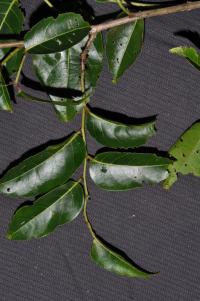
naparap
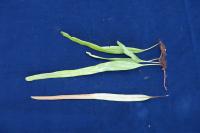
n.
Example: This is a medicine to treat fresh cuts. Take the leaf of this species, macerate it and add 1 tablespoon of water and wrap in a Macaranga leaf, and then heat it on a fire. After heating, puncture the side of the Macaranga leaf and drop the hot juice on the fresh cut. This is said to be good before going to see the Dispensary or if you do not have access to a health care professional.
bookmarknapayu
n.
bookmarknauhwa
n.
bookmarknauwatamu
n.
bookmarknauyerop
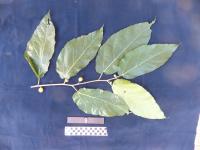
n.
Example: 1. To cure spirit sickness of the niteitau. Use plants that also end with "au" : niditau, intoutau, naoyerop. Go to the top of the plant to get the soft leaves of the plants niditau, intoutau, naoyerop, also take the bark. The person making the medicine should be holding the these leaves with a piece of nelmaha. Nelmaha means go away. The sick person chews the leaves and bark and swallows the juice spitting out the fiber into the nelmaha the medicine maker is holding. The medicine person then takes the spit out fiber in the nalmaha leaf and throws it into the sea in front of the village. 2. Edible fruits, when ripe or green, does not taste when green, but sweet when ripe. 3a. Leaves (young) are edible, for example wrap around coconut meat and eat or cook with island cabbage and other leaves, boil and add coconut milk and eat. 3b. The young leaves are edible, after boiling for 5 minutes. A piece of coconut and a pinch of salt is wrapped in the leaves and eaten. The mature leaves are used to wrap food such as pig or cow meat and cooked in an earth oven. Tie this bundle with a piece of Pandanus fiber to secure it before putting in the earth oven. 4. During big feast, use this a lot – circumcison or wedding feast, harvest leaves and wrap around meat and bake on earth oven – sometimes we cut down a whole tree to gather leaves. 5. To make men’s custom belt – split stem, peel outer bark off to take inner bark and peel it, tear end to make strap that can be tied. Dry in sun but not direct sunlight. 6. Older large trunks were burned by ancestors to keep fire going – this was during the time when people did not have matches and did not need them as the embers of this tree would stay hot for days and when it was time to make a stronger fire, people would add smaller branches to make a flame appear.
bookmarkneaig aged
n.
bookmarknecyak
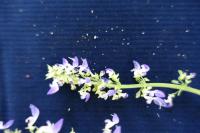
n.
Example: Roast the tuber of this vine on an open fire for 20-40 minutes, peel off the skin and eat like cassava or taro. Chew it and drink the "juice" while spitting out the fiber. It grows wild, season of harvesting is in May. Very tasty food for people, considered "numba wan" food for this island.
bookmarknecñopod
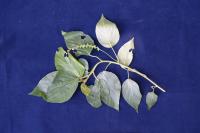
n.
Example: This plant is used as fertilzer to place on bottom of the taro patch in the same way as GMP #3456 to help "feed the ground" for next year. The leaves are used to wrap food. When a person is chewing kava, pile the chewed kava roots on the young leaves of this species. Also, an unspecified medicinal use.
bookmarknefelelicai
n.
bookmarknehep
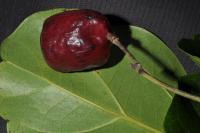
n.
Example: 1. The trunk of this tree is used to make the body and outrigger of a traditional canoe. 2. The inner bark is used as a bandage for cuts and wounds. When the inner bark is grated it yields a sticky substance. The sap acts as a liquid stitch and reduced the chance of scarring. When this is dry one must use a knife to remove the residue.
bookmarknejoplec
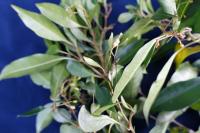
nemit
n.
bookmarkneudan tauoc neaig
n.
bookmarkneusjai
n.
bookmarkniditau
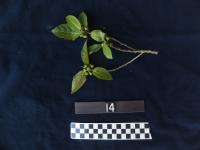
n.
Example: The young leaves and fruits are edible; the fruits are eaten ripe. This species is used for firewood as well as house posts, but they don’t last as long as other types of wood so they are used in temporary structures. A sacred plant on Aneityum. Name means linkage between this world and the spirit world. Agriculture – you find this tree growing, it means that the land is fertile. Birds eat fruits; people burn the tree to release ash and fertilizer and grow their taro around it – it will give more food. Message plant – if someone puts a long brown on your door or in your garden, it means “why are you here?” Implies that you should go back to where you belong. You don’t belong in this place. For example instead of quarreling over land dispute, put the branch and it means that you should leave this place.
bookmarknipciv
n.
bookmarkniriyau
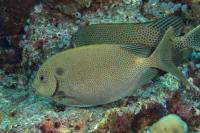
n.
Example: Photo by Mark Rosenstein / iNaturalist.org, License: CC BY-NC-SA 3.0 via Fishes of Australia
bookmarknisiug
n.
bookmarknohwan nefara
n.
bookmarknuarin abras
n.
bookmarknyihivac
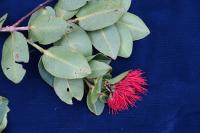
n.
Example: 1. A "calendar plant". When this flowers in the bush, and people are making their gardens in that area, it means the garden is ready to harvest. 2. Firewood, calendar, and message plant – for people who live up in the forest can see this coastal plant and when it flowers it is a good time to go fishing or to move to the coastal area for a few weeks to relax. July-August. Tide is low so everything is exposed so it is a good time to fish for there, 2 months. 3. Flowers have a nice nectar, sweet, kids drink.
bookmarknäthoiatmas
pahai
adj.
bookmarkridiau
n.
bookmarktapasetarayi
n.
bookmarkupjira
n.
bookmark